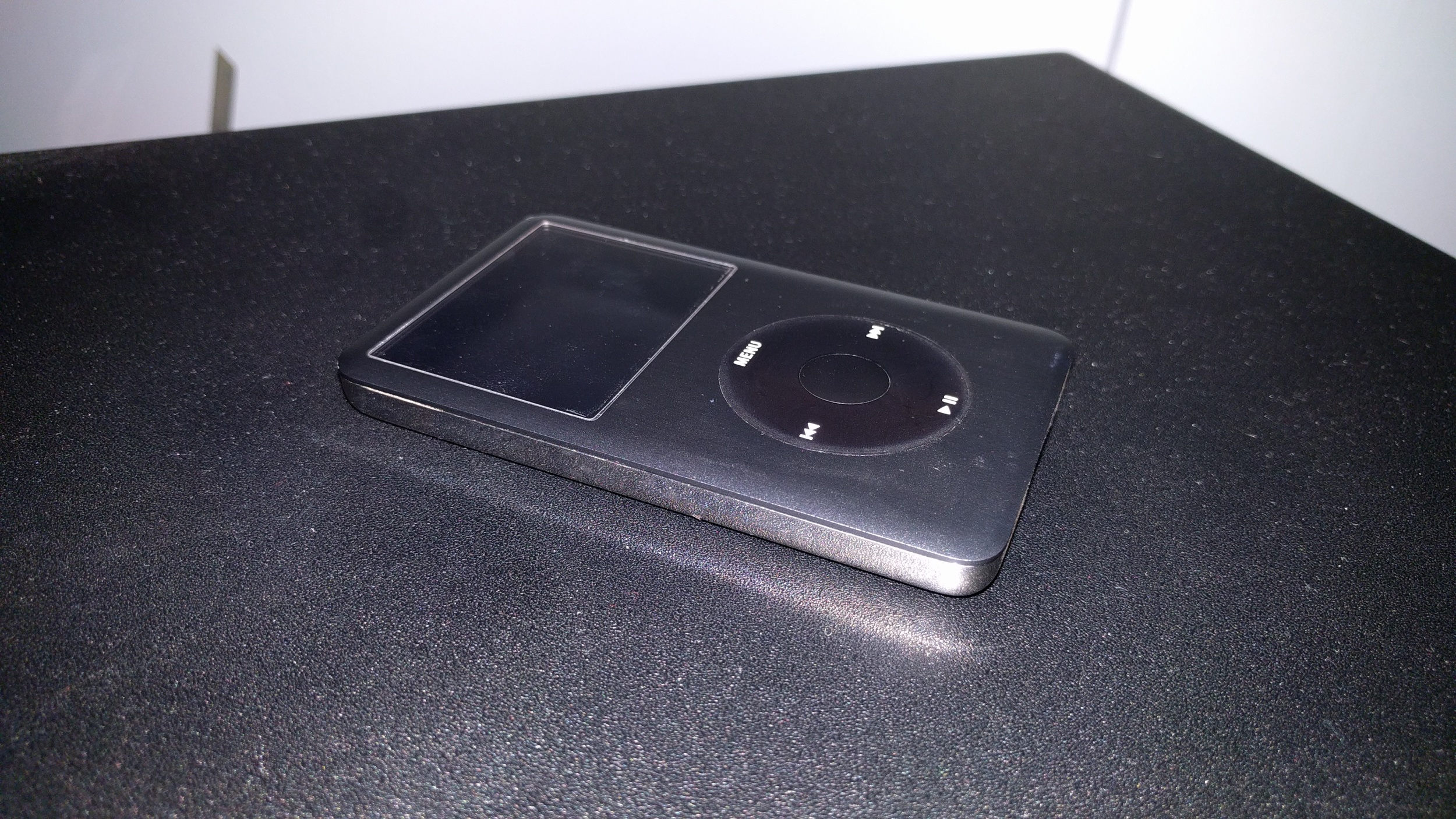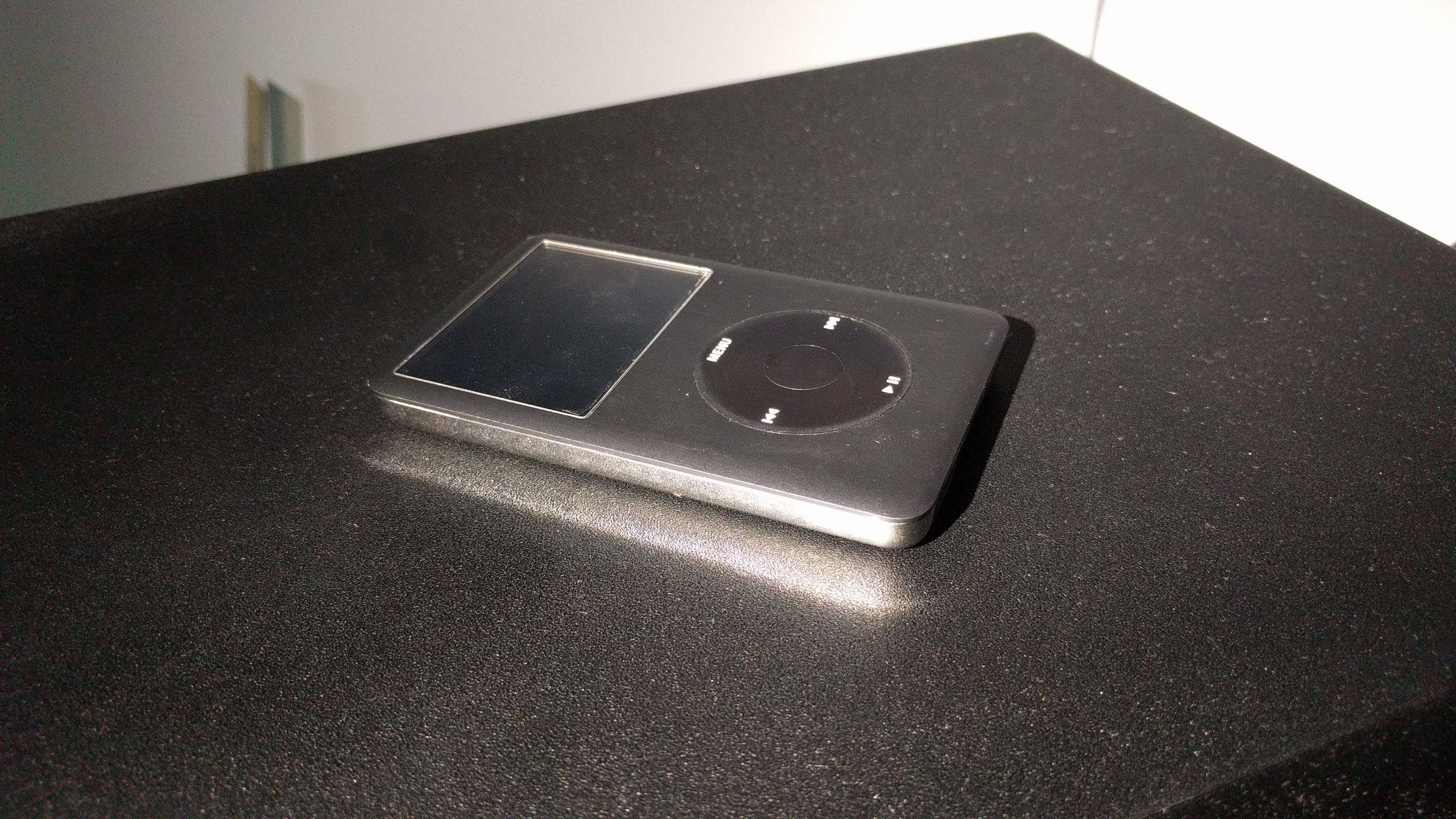High CRI Bulb
This is a follow-up post from my Prometheus Beta-QR EDC flashlight. I have received multiple enquiries regarding the type of light used in this particular flashlight. As some of you have observed in some of the beta-qr review videos on Youtube, you will notice that the light “colour” (temperature) is slightly different from your usual “white colour” flashlight. In this particular case, the beta-qr uses high colour rendering index (CRI) LED rather than the generic “white” LED bulb.
The CRI of a light source is a quantitative measure of its ability to reproduce the colours of different object faithfully in comparison with an ideal or natural light source. To put it simply, CRI lights help objects to display its colours “realistically” or “naturally” as compared to a reference, usually an incandescent bulb. These bulbs have significant improvement to help photographers, videographers to achieve images that have better colour representation when used.
The effects of CRI raitings, Credits Mdidea
To answer the most common question I encountered so far, the light from a High CRI bulb can bring more merits that it looks. Though some High CRI bulb may appear to be dimmer that its generic white LED counterpart, a high-quality CRI bulb is more efficient in its colour representation and will help user / camera sensors to perceive better. Hence, even though some CRI bulb might be spec at a lower lumen rating but its efficiency can far compensate for this shortcoming.
Below are some samples were taken with respect to the different light source, namely, white LED light (Jetbeam PA10), High CRI flash (Nexus 5x) and High CRI light from beta-qr.
High CRI bulb are getting more affordable and manufacturers are starting to include them in their products, e.g. Google Nexus 5x by LG. This is a good development in my opinion, as it can help cameras (even the lower resolution ones) achieve a more flattering and accurate representation of an image. Thus, creating a more holistic balance between camera sensors and light quality. Photography and videography are the art of capturing light and emotion, without a good light source, your highly sensitive camera senses will still be flawed.
In the past, many have avoided the use of LED lights mainly due to this particular reason, namely, bad colour representation. However, high CRI bulbs are creating a viable avenue for many photos and video enthusiast to explore as they are a lot more power efficient and can be very portable (e.g. Prometheus Beta-Qr).
YWFU



